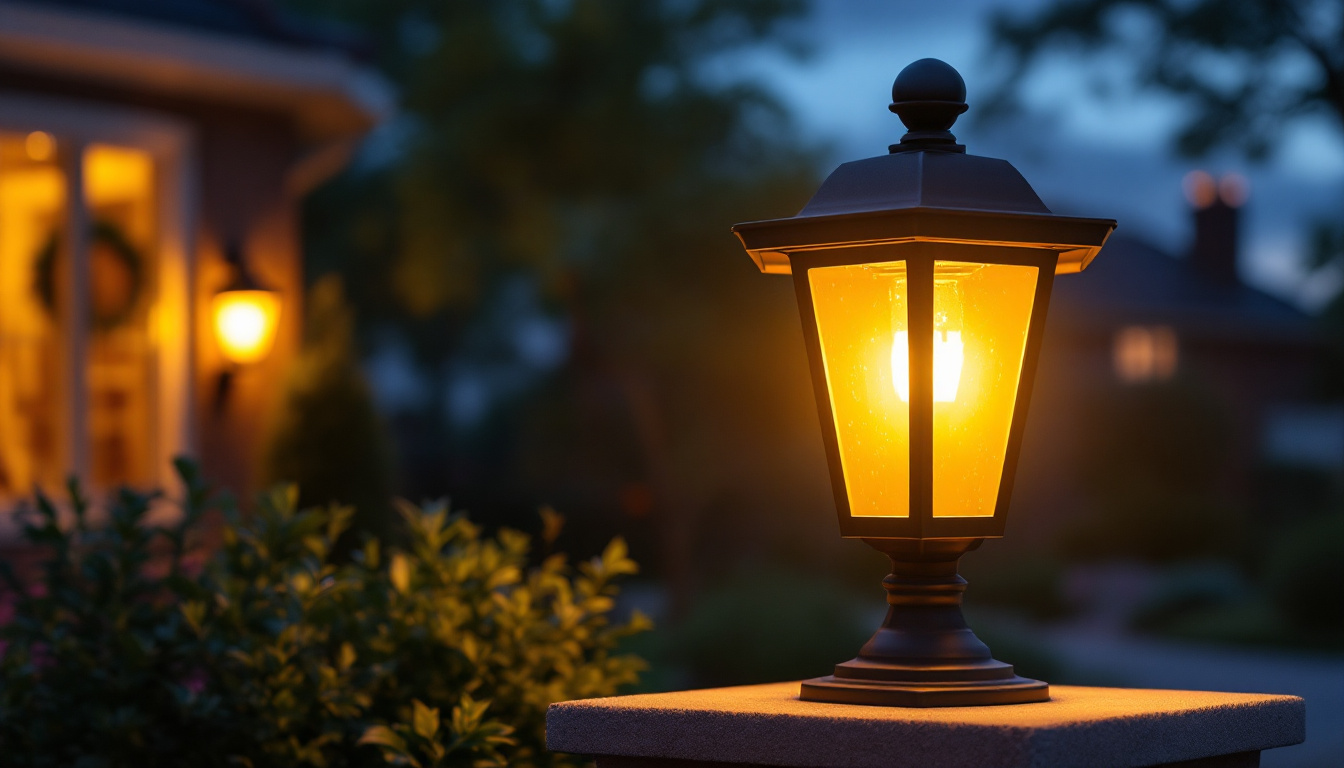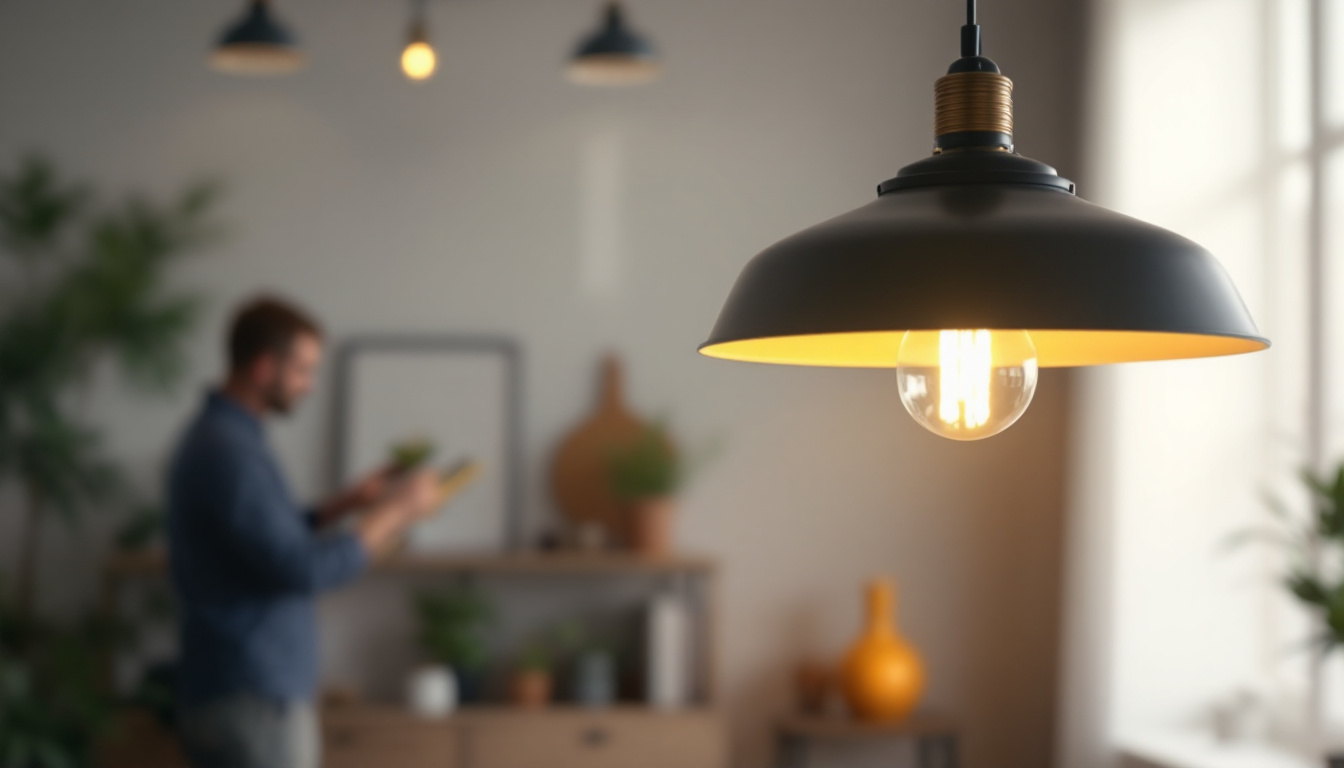
Sconces are a versatile lighting solution that can enhance the aesthetic appeal of any space. They are wall-mounted fixtures that serve both functional and decorative purposes, making them a popular choice for residential and commercial settings alike. For lighting contractors, understanding the nuances of sconces is essential to meet client expectations and deliver exceptional results.
Clients often look for lighting contractors who can provide expert advice on the various types of sconces, their placement, and the overall design vision. This article delves into what clients expect from lighting contractors regarding sconces, covering essential topics such as styles, installation tips, and energy efficiency considerations.
Sconces come in a myriad of styles, from traditional to contemporary, allowing them to fit seamlessly into any decor theme. For instance, a vintage-inspired sconce with intricate detailing can add a touch of elegance to a classic interior, while sleek, minimalist sconces can complement modern spaces effortlessly. Additionally, sconces can be found in various materials, including metal, glass, and ceramic, each offering unique textures and finishes that can enhance the overall ambiance of a room. Understanding these options allows lighting contractors to guide their clients in selecting the perfect sconces that not only illuminate but also elevate the design of their spaces.
Placement is another critical aspect that lighting contractors must consider when working with sconces. Proper positioning can dramatically affect the quality of light and the mood of the environment. For example, sconces placed at eye level can create a warm, inviting atmosphere in living rooms or hallways, while those positioned higher can provide more general lighting in larger areas. Moreover, contractors should educate clients about the importance of spacing sconces appropriately to avoid overcrowding and to ensure a balanced look. By emphasizing these details, contractors can help clients achieve a harmonious lighting scheme that enhances both functionality and aesthetics.
When it comes to sconces, clients typically have distinct preferences that reflect their personal style. Traditional sconces often feature intricate designs, ornate details, and classic finishes such as brass or bronze. These fixtures can evoke a sense of elegance and timelessness, making them ideal for period homes or formal spaces. The craftsmanship involved in traditional sconces often showcases artisanal techniques, with hand-forged elements and decorative motifs like floral patterns or scrollwork that can transport one back to a bygone era. Such sconces not only serve as functional lighting but also as statement pieces that enhance the overall character of a room.
On the other hand, modern sconces tend to emphasize clean lines, minimalistic forms, and innovative materials. Clients who favor contemporary aesthetics may opt for sconces made from metal, glass, or even wood, often in sleek finishes like matte black or polished nickel. These designs often incorporate geometric shapes and unexpected elements, such as LED lighting or adjustable features, which cater to a more dynamic and versatile living environment. Understanding the differences between these styles allows contractors to recommend fixtures that align with their clients’ tastes, ensuring that the chosen sconces not only illuminate but also complement the overall design scheme.
Another important distinction in sconce selection is between hardwired wall sconces and plug-in sconces. Hardwired sconces are directly connected to the electrical system, providing a seamless look without visible cords. Clients who prioritize a clean and polished appearance often prefer this option, especially in spaces where aesthetics are paramount. These fixtures can be strategically placed to highlight artwork or architectural features, creating a cohesive and sophisticated ambiance throughout the room.
Conversely, plug-in sconces offer flexibility and ease of installation, making them an attractive option for clients who may not want to undertake extensive electrical work. These fixtures can be easily moved or replaced, providing a practical solution for renters or those looking to change their decor frequently. Additionally, many modern plug-in sconces come with stylish cord covers or are designed to blend seamlessly with the wall, minimizing visual clutter. Understanding the pros and cons of each type allows contractors to guide clients towards the best choice for their specific needs, ensuring that the lighting not only meets functional requirements but also enhances the overall aesthetic of the space.
Placement is a critical factor in the effectiveness of sconces. Clients often expect contractors to provide insights on where to install these fixtures to maximize their impact. Common locations for sconces include hallways, staircases, and beside mirrors in bathrooms. In living rooms, sconces can be used to create ambient lighting or highlight artwork.
When recommending sconce placement, it is essential to consider the height at which they will be installed. A general guideline is to mount sconces at eye level, typically between 60 to 72 inches from the floor. This height ensures that the light is both functional and visually appealing. Additionally, spacing sconces appropriately can create a balanced look; for instance, placing sconces 6 to 8 feet apart can enhance the overall design.
Clients often seek to achieve a layered lighting effect in their spaces, and sconces play a crucial role in this strategy. By combining sconces with other light sources, such as overhead fixtures and table lamps, contractors can help clients create a warm and inviting atmosphere. Sconces can serve as accent lighting, highlighting specific areas or features within a room.
Moreover, the type of bulb used in sconces can significantly influence the quality of light. Clients may prefer warm white bulbs for a cozy ambiance or cooler tones for a more modern feel. Lighting contractors should be prepared to discuss these options and recommend suitable bulbs that complement the chosen sconce design.
With growing awareness of energy efficiency, many clients are now looking for sustainable lighting options. LED sconces have gained popularity due to their long lifespan and lower energy consumption compared to traditional incandescent bulbs. Lighting contractors should be knowledgeable about the benefits of LED technology and be able to recommend fixtures that utilize this energy-efficient option.
Additionally, clients may inquire about the environmental impact of their lighting choices. By opting for LED sconces, they can significantly reduce their carbon footprint while still enjoying stylish and functional lighting. Educating clients on the advantages of LED sconces can enhance their overall satisfaction with the lighting design.
Incorporating smart technology into sconces is another trend that clients may expect contractors to be familiar with. Smart sconces can be controlled via smartphone apps or voice commands, allowing users to adjust brightness, color temperature, and even set schedules. This level of convenience appeals to tech-savvy clients looking to integrate their lighting systems into a smart home environment.
Contractors should be prepared to discuss the compatibility of smart sconces with existing home automation systems and provide guidance on the installation process. By offering these modern solutions, contractors can position themselves as forward-thinking professionals who cater to the evolving needs of their clients.
The finish of a sconce can significantly influence the overall look and feel of a space. Clients often have specific preferences when it comes to finishes, which can range from polished chrome and brushed nickel to antique brass and matte black. Each finish conveys a different style and can either complement or contrast with existing decor.
Lighting contractors should be well-versed in the various finishes available and be able to recommend options that align with the client’s vision. For instance, a polished chrome finish may suit a modern bathroom, while an antique brass finish could enhance the charm of a rustic living room. Understanding these nuances can help contractors create cohesive lighting designs that resonate with their clients.
In addition to finishes, the materials used in sconces can also impact their durability and aesthetic appeal. Common materials include metal, glass, and ceramic, each offering unique characteristics. For example, glass sconces can provide a softer, diffused light, while metal sconces often create a more focused beam.
Clients may have specific requirements regarding materials based on their lifestyle or the intended use of the space. For instance, a family with young children may prefer sconces made from durable materials that can withstand wear and tear. Lighting contractors should be prepared to discuss these considerations and recommend materials that align with both functionality and design preferences.
Effective communication is key to ensuring that clients’ expectations are met. Lighting contractors should take the time to understand their clients’ needs, preferences, and budget constraints. This may involve asking questions about the intended use of the space, existing decor styles, and any specific lighting requirements.
By actively listening to clients and engaging in open dialogue, contractors can build trust and rapport. This approach not only enhances the client experience but also allows contractors to provide tailored recommendations that align with the client’s vision.
Clients may have high expectations regarding the outcome of their lighting projects, and it is essential for contractors to set realistic goals. This includes discussing timelines, potential challenges, and the overall scope of the project. By being transparent about what can be achieved within a given timeframe and budget, contractors can prevent misunderstandings and ensure a smoother process.
Furthermore, contractors should be prepared to provide examples of previous work, including photos or case studies, to help clients visualize the potential results. This not only showcases the contractor’s expertise but also helps clients feel more confident in their decisions.
In the world of lighting design, sconces hold a unique place as both functional and decorative elements. Lighting contractors play a crucial role in guiding clients through the selection, placement, and installation of these fixtures. By understanding the various styles, materials, and technologies available, contractors can meet and exceed client expectations.
Ultimately, successful lighting design hinges on effective communication and a deep understanding of client needs. By fostering a collaborative relationship and providing expert guidance, lighting contractors can create stunning spaces that illuminate and inspire.
Ready to elevate your lighting projects with the finest sconces and fixtures? Look no further than LumenWholesale, where we provide lighting contractors with exceptional, spec-grade lighting products at unbeatable wholesale prices. Say goodbye to inflated markups and hello to a vast selection of premium lighting that meets the highest industry standards. With free shipping on bulk orders, you can ensure your projects shine with quality and value. Don’t compromise on performance or cost. Discover the best value in wholesale lighting and make your next project a beacon of inspiration with LumenWholesale.

Discover the latest trends in 8ft LED lighting that every savvy contractor should know.

Discover the essential insights lighting contractors need to know about low voltage post lanterns.

Discover how pendent lamps are transforming the lighting industry and impacting contractors’ profitability.

Discover the essential facts about exterior garage lighting from expert contractors.